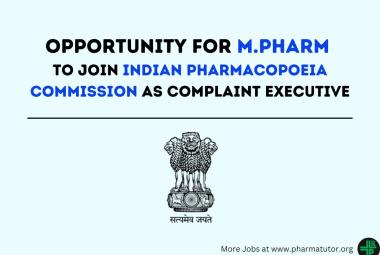1. Oleaginous bases :- It is consists of oil and fat. It is anhydrous non- washable and do not absorb water.
• Petroleum (soft paraffin) :- Semi solid hydrocarbon + lubricating oil
I. Yellow soft paraffin :- obtained from petroleum also may contain anti oxidant like vit.E and BHT. Melting range :- 38 to 56°c
II. White soft paraffin :- obtained from petroleum. Melting range:- 38 to 56°c
III. Hard paraffin :- mixture of solid hydrocarbon obtained from petroleum. Solidifies :- 50 to 57 °C
IV. Liquid paraffin :- It is a mixture of liquid, hydrocarbon obtained from petroleum.
2. Absorption bases :-
• Composition base + w/o surfactant
• Water content:- anhydrous
• Solubility in Water :- insoluble
• Spread ability :- difficult
• Wash ability :- non washable
• Stability :- oil poor, hydrocarbon better
• Drug incorporation :- solid,oil and aqueous solution
• Drug Release :- Poor but grater than oleaginous
• Example:- wool fat ( anhydrous lanolin) absorbed 50% of water its own weight.
Hydrous wool fat (lanolin) :- 70% W/W wool fat + 30 % W/W purified water.
• It is a w/o emulsion.
3. Water miscible bases :-
• They are miscible with an excess of water ointment made from water miscible bases are easily remove after use.
• There are three official anhydrous Water miscible ointment base.
• Example :- Emulsifying ointment B.P. :- anionic emulsifier, ceterimide Emulsifying ointment B.P. :- cationic emulsifier. Cetomacrogel Emulsifying ointment B.P. - Non- ionic emulsifier.
• It is used for O/W creams.
• Compound benzoic acid ointment used as anti fungal ointment.
4. Water soluble bases :-
• Water soluble bases contain only the water soluble ingredients and not the fats or other greasy substance hence, they are known as grease less bases.
• Water soluble bases consists of water soluble ingredients such as polyethylene glycol polymer (PEG) which are popularly known as carbowaxes and commercial known as macrogols.
• Example :- Macrogol 200, 300,400 :- viscous liquid
Macrogol 1500 :- greasy semi solid
Macrogol 1540,3000,4000 :- waxy solids
Preservatives
• Used to resist microbial attack on water containing preparation.
• Example :- methyl hydroxy benzoate, propyl hydroxy benzoate, benzoic acid, phenyl mercuric nitrate
Anti oxidant
• Act by reacting free radicals. Example is BHT, BHA and vitamin E etc
Anti oxidant synergist
• They are increasing effect on anti oxidant. Eg. Citric acid, tartaric acid, lacithin.
Reducing Agent
• They have lower redox potential so they are first oxidized. Example :- ascorbic acid, sodium and potassium metaobisulfate, thiosfate
Buffers
• Buffer system impart stability when oxidation is catalyzed by H+ or OH – ions. Choose of a buffer according to a pH maintance.
Chelating agent
• Addition of a chelating agent to a product will be useful when traces of heavy metal catalyst the oxidation.
• Substance are such as EDTA citric acid and tartaric acid form complexes with heavy metals.
• Thus metal ions are not available to catalyse the oxidation.
Example :- Addition of EDTA to the buffer system prevent the degradation of drug such as prednisolone & ascorbic acid
Micellar solubilizer
• Surfactant such as polysorbate 80 enhance the rate of oxidation of a scorbic acid at low concentrations but protect above its critical micelle concentration ( CMC) presumably by entrapping the drug in the spherical micelle offer a site for surface adsorption of catalytic ion. And enhance rate of reaction.
Humectant
• Polyols like glycerine propylene glycol, sorbitol & low m.w. PEGs are used as humectant in cream.
• These prevent the cream from drying out & prevent the formation of a crust when the cream is packed in jar.
Vehicles
• Usually water is used as a solvent for most product. The replacement of water by others solvent is often employed as a means of stabilizing drug. But other solvent when used in combination with water they have catalysing effect on oxidation production of hydroperoxides through these solvent is implicated in the degradation. Several physico chemical properties of solvent such as internal pressure solubility parameter, dielectric constant and ionic strength are correlated for the rate of a reaction.
Manufacturing procedure of semi solid
1. Trituration method :- for ointment, cream and pastes
2. Fusion method :- for ointment, cream and pastes
3. Chemical reaction method :- ointment, cream
4. Emulsification method :- cream, ointment











.png)


